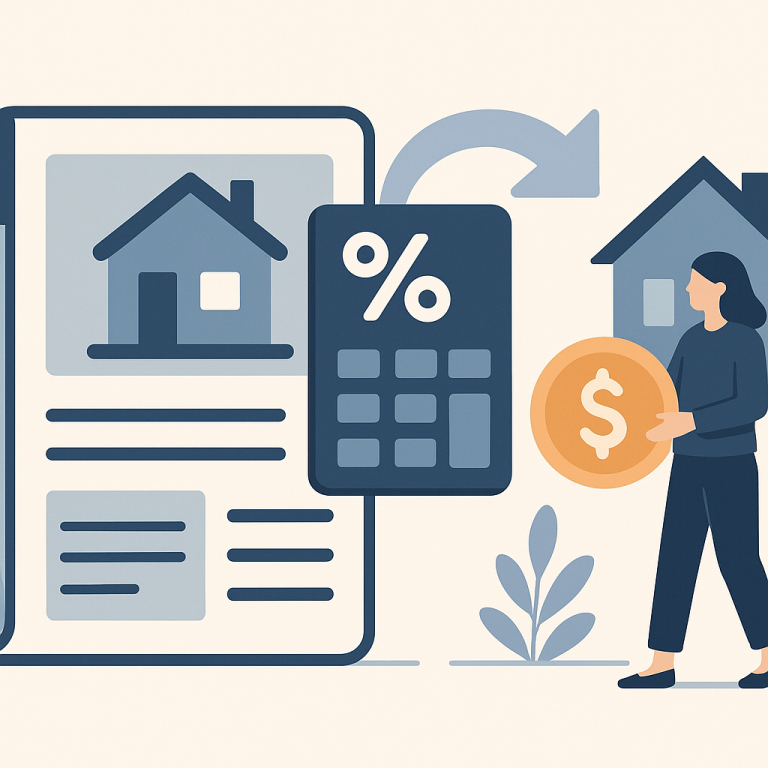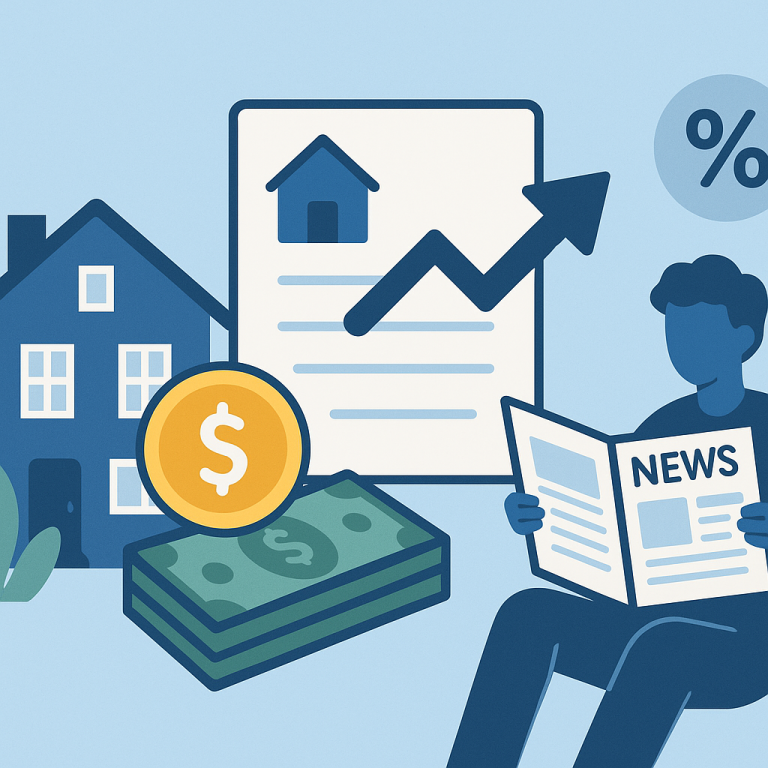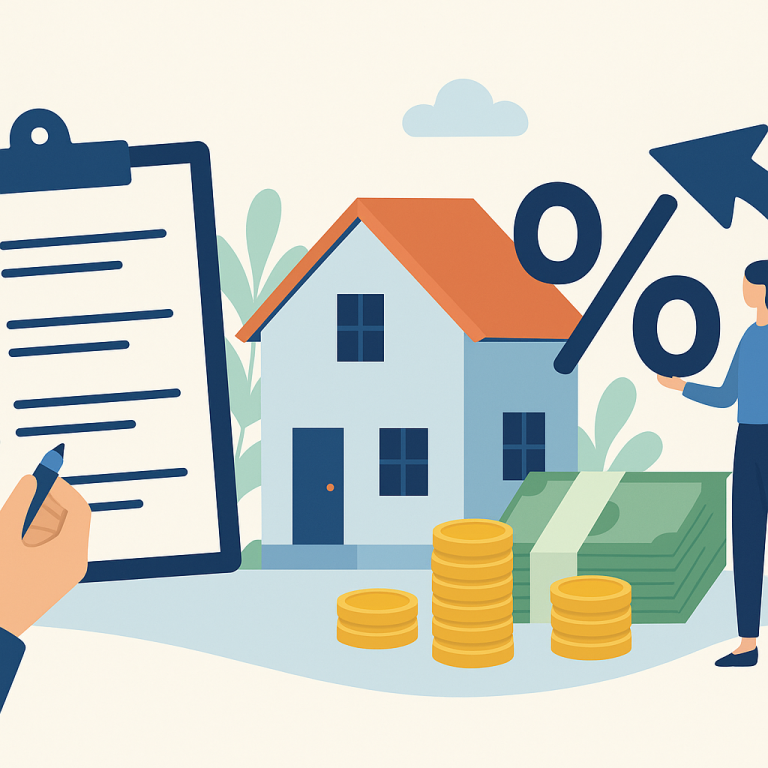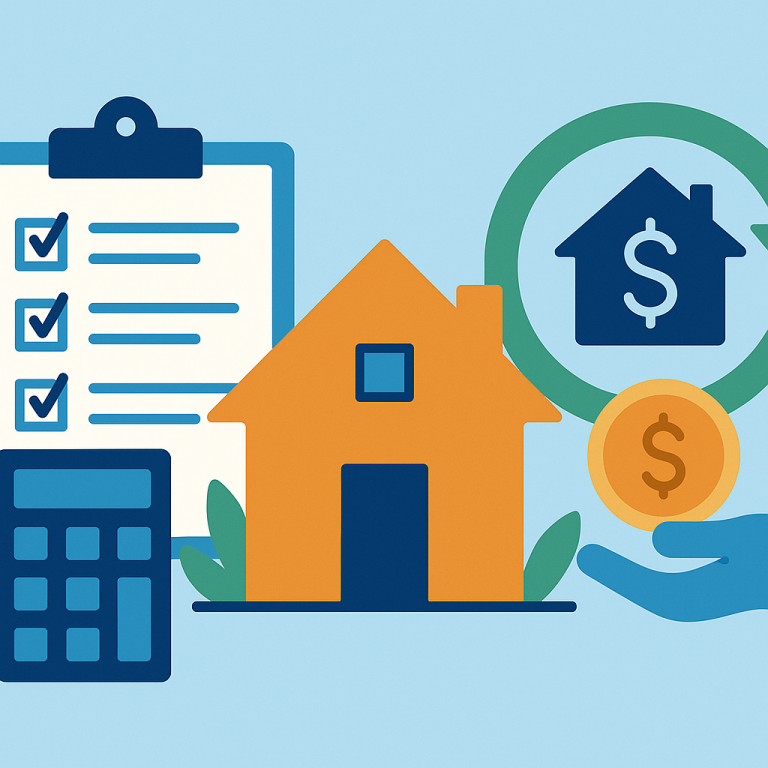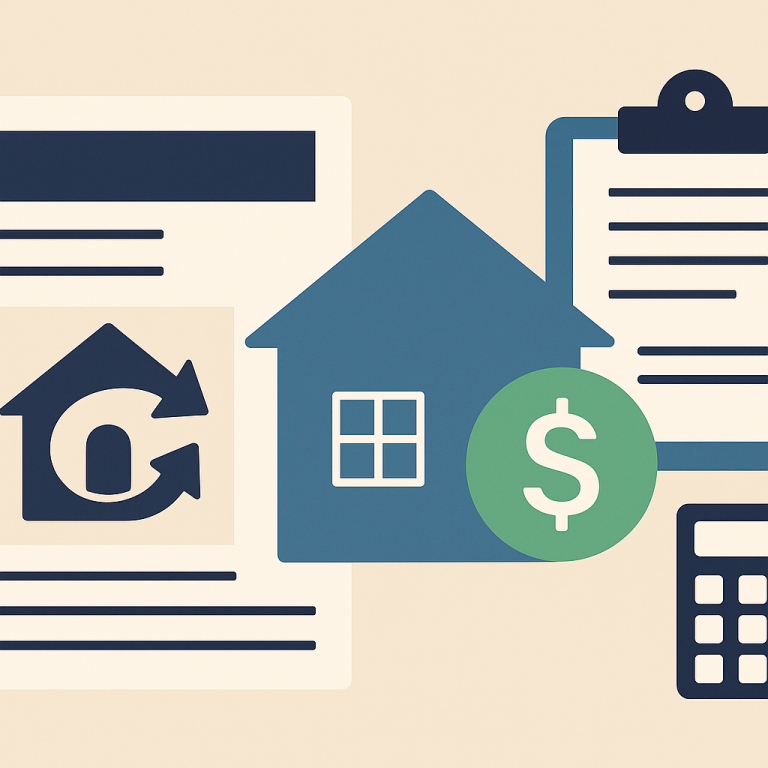Top National Lender Cuts Refinance Fees, Saving Homeowners $1,200 on Average
At a glance: Lower refinance fees and closing costs and how it could affect refinancing decisions.
Lenders have cut refinance origination fees, reducing closing costs and shortening breakeven timelines for many borrowers.
What Lower Refinance Fees Mean for Borrowers
As mortgage rates settle at higher levels than in the recent past, many homeowners assume refinancing is off the table until rates fall. However, refinancing into a shorter-term mortgage remains a pragmatic strategy for a subset of borrowers. Even without a dramatic rate cut, shortening the loan term can reduce total interest paid and accelerate equity accumulation—outcomes that matter to homeowners focused on long-term cost and financial freedom.
Refinancing to a shorter term typically raises the monthly payment but lowers the share of each payment that goes to interest. That shift in amortization reduces the total interest paid over the life of the loan and lets homeowners build principal faster. For borrowers who plan to stay in their home for the long term and can absorb a moderately higher monthly outlay, the math can work in favor of a refinance even when current interest rates are not substantially lower than the original loan.
Important considerations start with closing costs and the break-even horizon. A refinance requires fees and costs that must be recouped through future interest savings. Homeowners should compare the cumulative interest on the current loan versus the proposed shorter-term loan and determine how long it will take for the savings to exceed the upfront expense. If the homeowner expects to remain in the property beyond that break-even point, a refinance may be worthwhile.
Equity position and income stability are central to the decision. Homeowners with meaningful equity can often access more favorable loan options and may avoid private mortgage insurance, improving the economics of a refinance. Similarly, borrowers with steady income and a comfortable debt-to-income profile are better positioned to take on the higher payments that accompany shorter terms without stretching their monthly budget.
There are also alternatives and complements to a formal refinance. Making additional principal payments, opting for a loan recast if available, or using a targeted cash-out for necessary projects are ways to accelerate principal reduction without changing loan terms. Each option has trade-offs: a recast or extra payments reduce interest but do not change the loan’s contractual term, while a cash-out increases the balance and may negate some benefits of accelerated payoff.
Homeowner takeaways
- Assess the total-interest impact: Calculate lifetime interest on your current loan versus a shorter-term refinance to quantify potential savings.
- Compare break-even timing: Ensure the period needed to recoup closing costs aligns with your expected time in the home.
- Verify eligibility factors: Equity, credit profile, and debt-to-income ratio influence available rates and terms and the likelihood of approval.
- Evaluate monthly payment capacity: A shorter term increases monthly obligations—confirm this fits your budget without sacrificing emergency savings.
- Consider alternatives: Extra principal payments, recasts, and selective cash-out options can sometimes achieve similar goals with different costs and flexibility.
- Get multiple quotes: Shop lenders for rate and fee comparisons and request amortization schedules to compare outcomes side by side.
Refinancing to a shorter term is not a universal solution, but it remains a viable tool in a higher-rate environment for homeowners prioritizing long-term interest savings and faster equity growth. The right choice depends on individual financial circumstances, time horizon in the home, and comfort with a higher monthly payment. Running clear scenarios and discussing options with lenders or financial advisors can clarify whether a shorter-term refinance aligns with your goals.
META: refinancing-shorter-term-news-article


